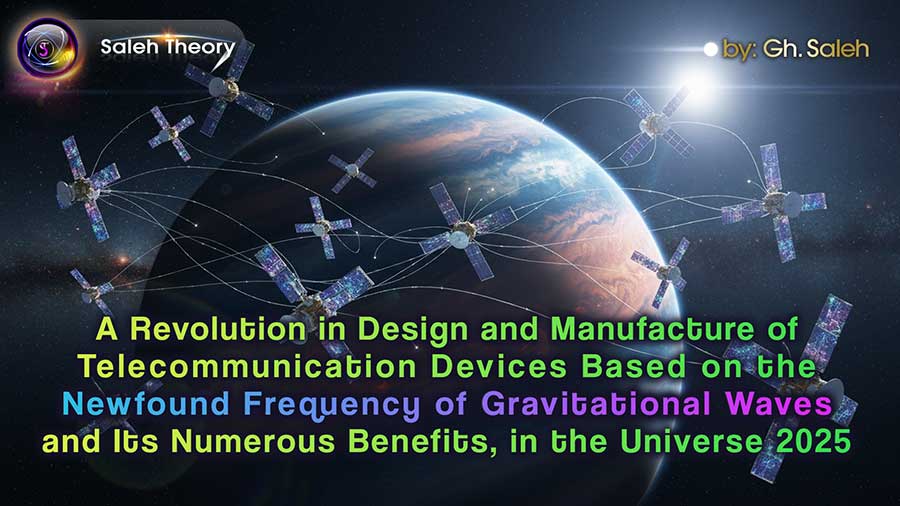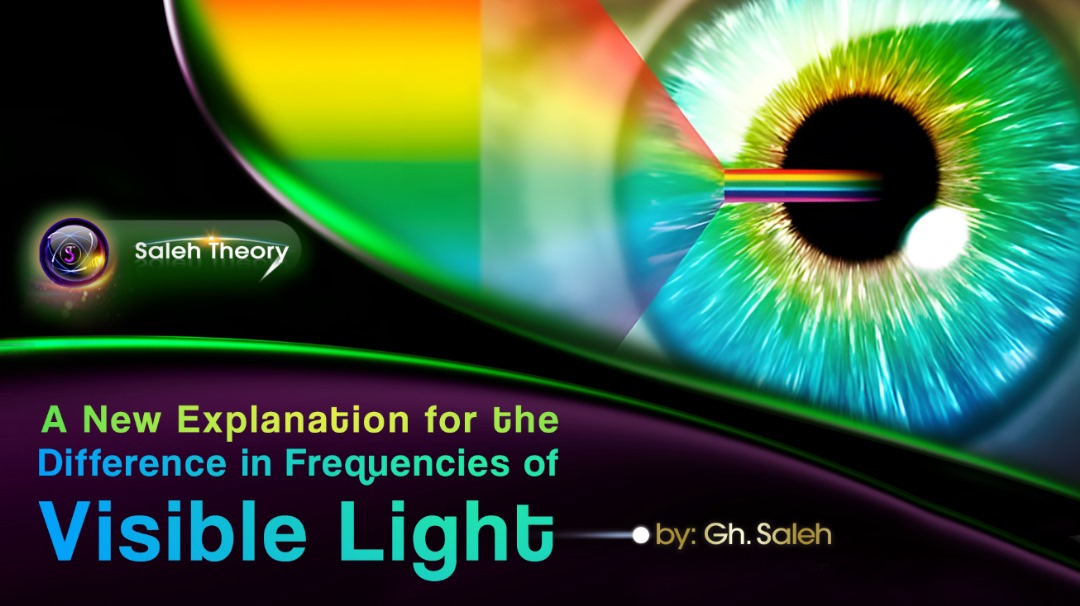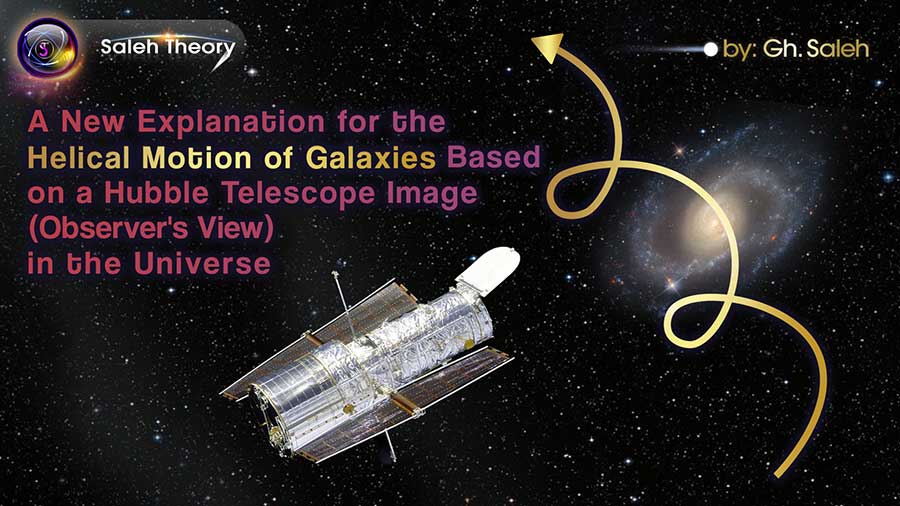
A New Explanation for the Helical Motion of Galaxies Based on a Hubble Telescope Image (Observer's View) in the Universe
If one observes carefully the beautiful image captured by the Hubble telescope, it shows galaxies positioned alongside one another in a particular rotational pattern. In this article, we describe this image.
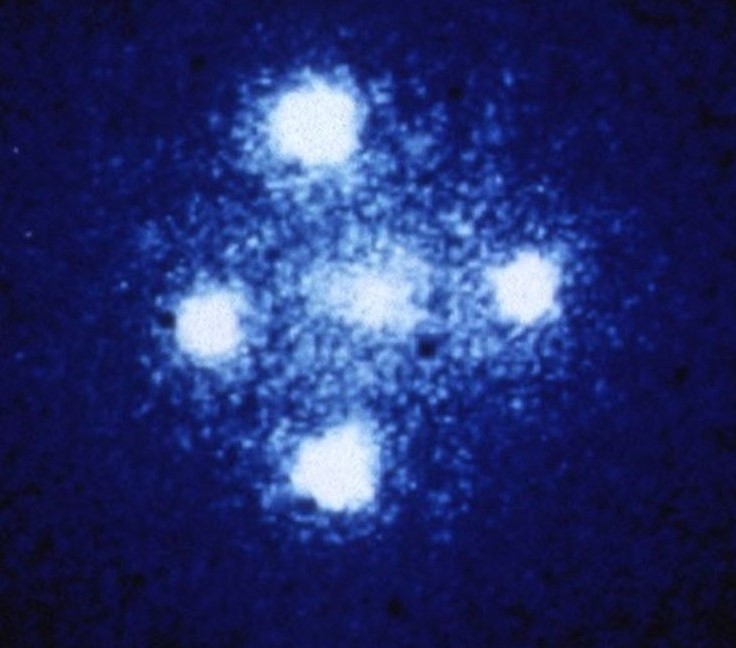
Fig 1: Captured by Hubble Telescope
According to the previous articles by Saleh Theory, if a celestial object has “n” orbital motions, “n-1” helical paths could be considered for its trajectory. For example, let us examine the very Moon that people on Earth see each night. The Moon has three rotational motions: rotation about its own axis, rotation around Earth, and rotation around the Sun.
If we observe the Moon from the perspective of an observer outside the orbit of the Moon and Earth, we can easily see that the Moon's path of motion is a continuous helical trajectory.
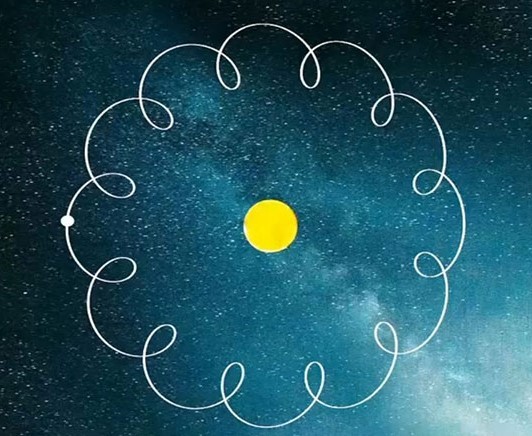
Indeed, given that this principle of motion applies to all objects (from the smallest to the largest), one can consider a helical path for each galaxy, including this very galactic image captured along the horizon of the Hubble telescope's field of view.
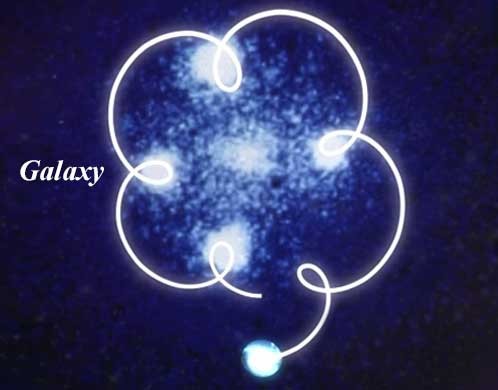
However, the interesting point in this image is that the luminous points appear as separated dots, and this is because both the observer (Hubble telescope) and the galaxy in question possess helical motion, and occasionally this galaxy moves beyond the telescope's field of view. In other words, just as we sometimes have certain planets in our sight and sometimes, they move out of our view due to their rotational motion, galaxies also have rotational movement, and this type of motion prevents us from seeing them continuously.
This galaxy is therefore sometimes observable to the Hubble telescope and sometimes unobservable. Thus, given that both the galaxy in question and the Milky Way galaxy (containing the Hubble telescope) possess helical rotational motion, the target galaxy can disappear from the observer's horizon, causing it not to be detected.
Therefore, when positioned in each other's paths and the light from the galaxy reaches the observer in the Milky Way galaxy (Hubble telescope), it observes it, and sometimes it moves out of the observer's view.
Note:
The distance between two galaxies is far greater than their rotational path; therefore, in one image, one can have the position of a galaxy in several locations simultaneously in separated points.
Conclusion:
The image captured by the Hubble telescope shows a single galaxy and proves that galaxies in the universe follow helical trajectories.
References:
[1] NASA. The Gravitational Lens G2237 +0305. NASA, 19 Oct. 2023, https://science.nasa.gov/asset/hubble/the-gravitational-lens-g2237-0305
[2] Saleh, Gh. "10 Identical Characteristics in the Motion of Objects, From the Smallest (Photons) to the Largest (Galaxies)." Saleh Theory, 12 Jul. 2025, https://saleh-theory.com/article/10-identical-characteristics-in-the-motion-of-objects-from-the-smallest-photons-to-the-largest-galaxies
[3] Saleh, Gh. "10 Permanent, Constant and Common Principles of Motion Among the Smallest Particles (Photons, Electrons, etc.) and the Largest Objects (Moons, Planets, Stars, Black Holes, etc.) in the Universe." Saleh Theory, 11 May 2025, https://saleh-theory.com/article/10-permanent-constant-and-common-principles-of-motion-among-the-smallest-particles-photons-electrons-etc-and-the-largest-objects-moons-planets-stars-black-holes-etc-in-the-universe
[7] Saleh, Gh. "A New Explanation for the Repeating Nested Helical Path of Motion from the Smallest Particles of Existence, Photons, to Moons, Planets, Stars, Galaxies, etc.!." Saleh Theory, 15 Jul. 2023, https://saleh-theory.com/article/a-new-explanation-for-the-repeating-nested-helical-path-of-motion-from-the-smallest-particles-of-existence-photons-to-moons-planets-stars-galaxies-etc
[8] Saleh, Gh. "The Principle of Complex Helical Motion, From Photon to Planets, Stars, Galaxies, … in the Universe." Saleh Theory, 13 May 2023, https://saleh-theory.com/article/the-principle-of-complex-helical-motion-from-photon-to-planets-stars-galaxies-in-the-universe
 Download PDF
Download PDF 
